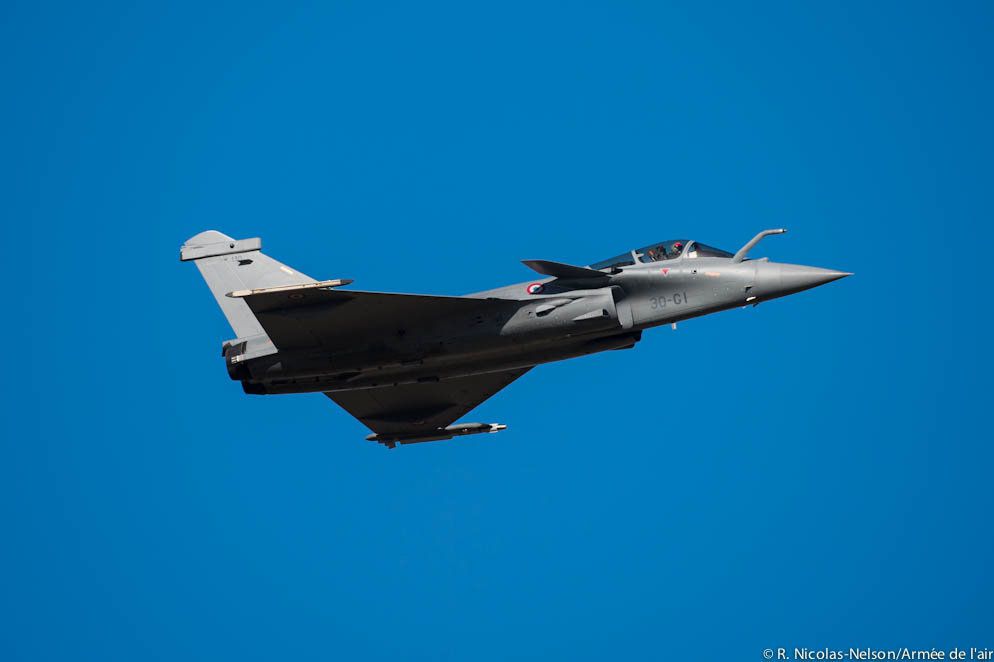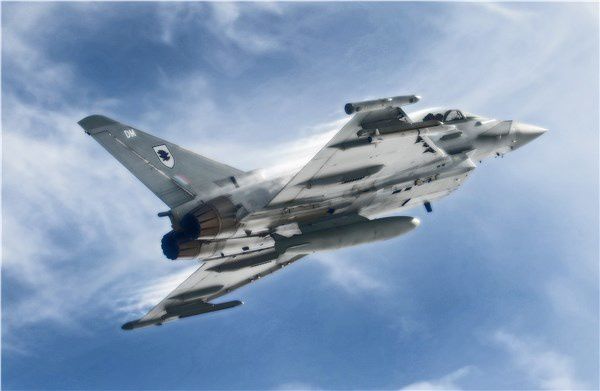26/01/2016 Sources : Etat-major des armées
Dans la nuit du 25 au 26 janvier 2016, la force Chammal a frappé un site utilisé à des fins militaires par Daech à Mossoul en Irak.
Constituée de Mirage 2000 et de Rafale, la patrouille a délivré son armement contre un site occupé par l’organisation terroriste. Situés au nord de la ville de Mossoul, ces hangars et ces bâtiments abritaient un dépôt de munitions, des stocks d’armement ainsi qu’un centre de commandement de Daech.
Les aéronefs du raid ont été ravitaillés en vol par un MRTT britannique et un C-135 FR français. Cette mission illustre l’interopérabilité des capacités françaises avec les autres moyens engagés par nos alliés.
La coalition et la France mènent actuellement des campagnes aériennes de frappes planifiées ciblant des sites de commandement et de télécommunications de Daech dans la ville de Mossoul. La semaine dernière, deux raids ont été conduits contre l’organisation terroriste dans cette région – détruisant deux centres de commandement et de communication.
Lancée le 19 septembre 2014, l’opération Chammal mobilise actuellement 3 500 militaires. Aux côtés de la coalition, elle combat le groupe terroriste Daech en Irak et en Syrie, en frappant l’organisation terroriste avec ses moyens aériens. Le dispositif de la force Chammal comprend également des militaires projetés à Bagdad et Erbil pour assurer la formation et le conseil des militaires irakiens. Les moyens aériens sont composés de 38 chasseurs (armée de l’Air et Marine nationale), ainsi que de capacités de renseignement, de commandement, de contrôle (C2) et de ravitaillement. Depuis le 23 novembre 2015, le groupe aéronaval (GAN) est intégré à la force Chammal. Il est composé du porte-avions Charles de Gaulle, de la frégate de défense aérienne (FDA) Chevalier Paul, de la frégate multi-mission (FREMM) Aquitaine, du bâtiment de commandement et de ravitaillement (BCR) Marne, de la frégate allemande Augsburg. Le 18 janvier 2016, la frégate légère furtive (FLF) Surcouf a également rejoint le dispositif Chammal en Méditerranée orientale. Si nécessaire, le dispositif peut être soutenu par des moyens complémentaires de ravitaillement (C135-FR) et de contrôle aérien (E3F).
commenter cet article …


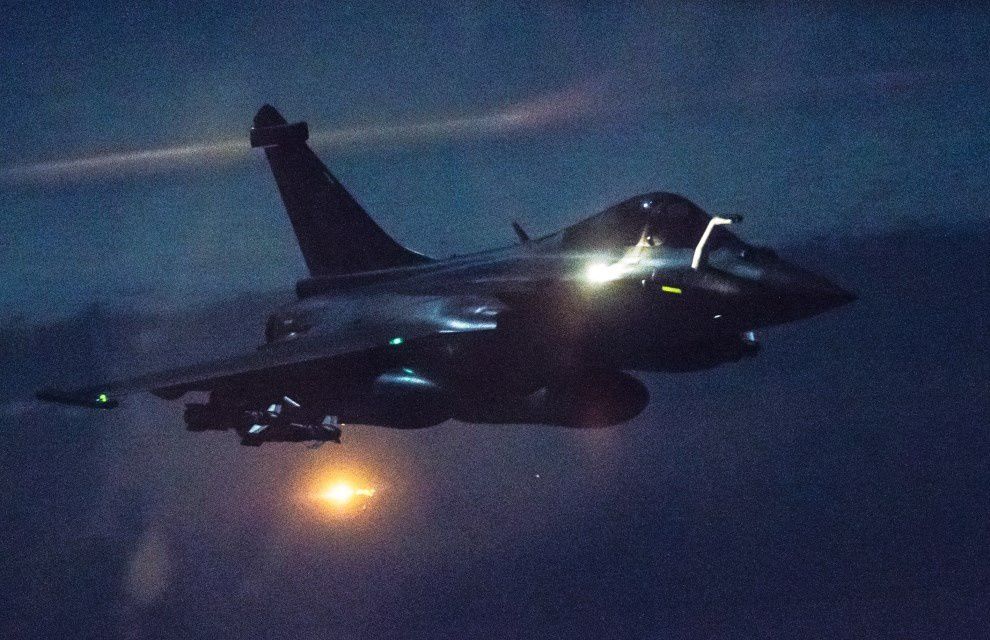
/image%2F0547456%2F20160126%2Fob_762f4a_2016-acml-062-007-010.jpg)
/image%2F0547456%2F20160126%2Fob_9837d6_2016-ajod-407-001-007.jpg)




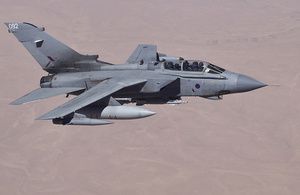

![[#TrilatExercise] Clap de fin](http://img.over-blog-kiwi.com/0/54/74/56/20151219/ob_de1863_trilatexercise-clap-de-fin.jpg)
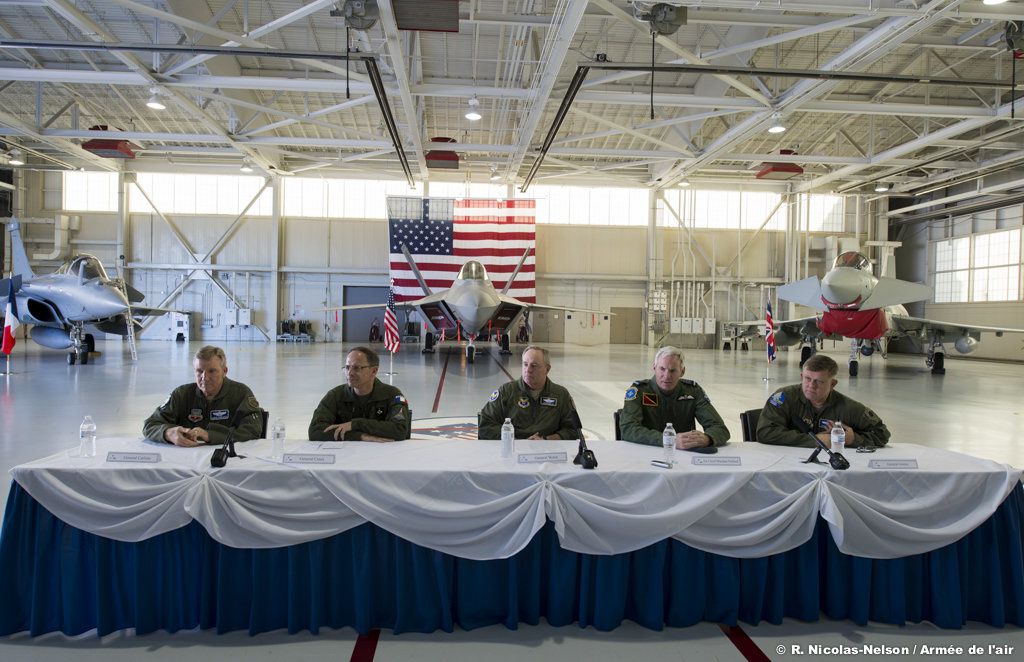
/image%2F0547456%2F20151216%2Fob_a745a7_le-general-creux-a-la-rencontre-des.jpg)
/image%2F0547456%2F20151216%2Fob_00dcab_le-general-creux-s-adresse-aux-jou.jpg)
/image%2F0547456%2F20151216%2Fob_1627bc_local-des-operations-ddf-deploya.jpg)
/image%2F0547456%2F20151216%2Fob_f85711_presentation-dynamique-du-f22.jpg)

/image%2F0547456%2F20151211%2Fob_d6b57b_deux-t38-talon-au-decollage.jpg)
/image%2F0547456%2F20151211%2Fob_b34995_f15-americains-au-decollage.jpg)
/image%2F0547456%2F20151211%2Fob_17bb36_typhoon-et-rafale-au-decollage.jpg)
/image%2F0547456%2F20151211%2Fob_970b3f_f15-en-retour-de-mission.jpg)
/image%2F0547456%2F20151211%2Fob_fca105_f15-et-awacs-en-vol.jpg)
/image%2F0547456%2F20151211%2Fob_44c535_f22-et-awacs.jpg)


